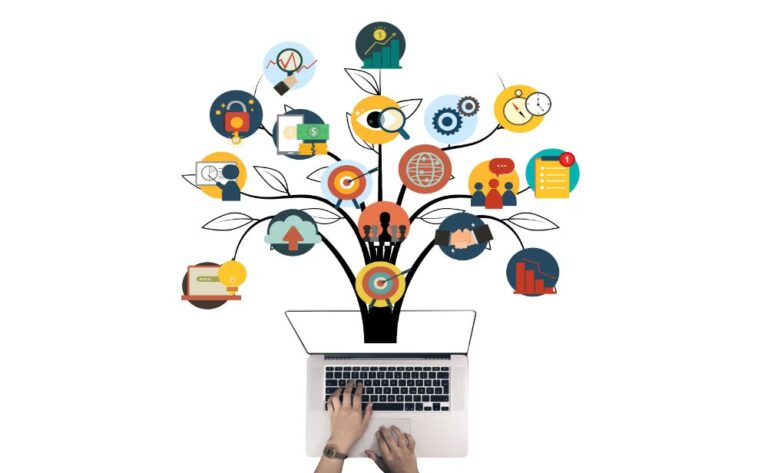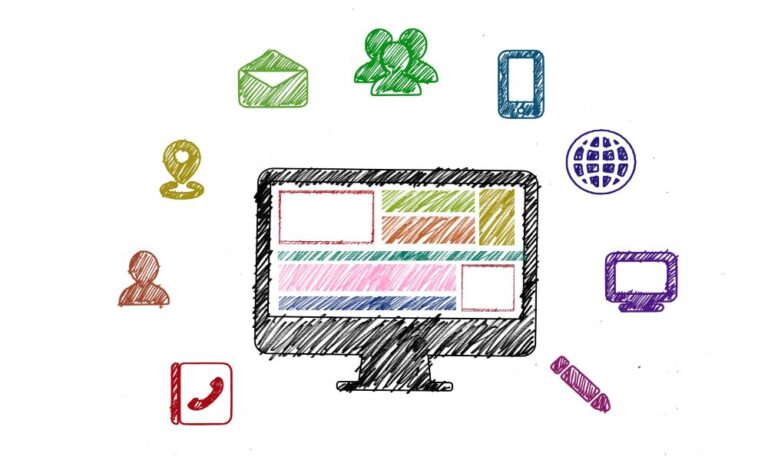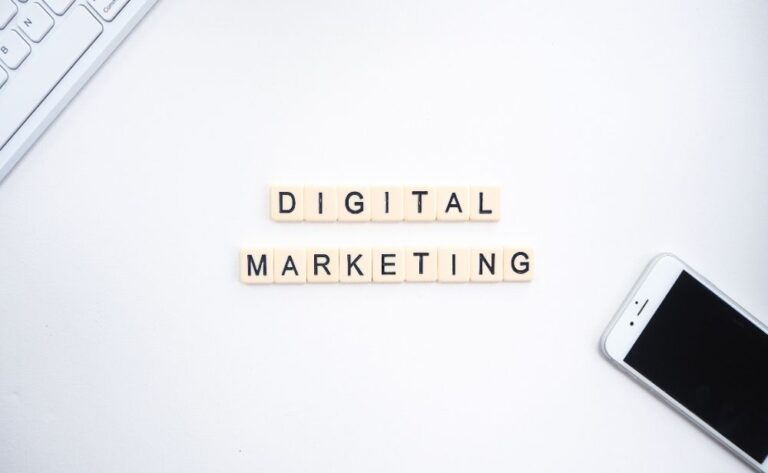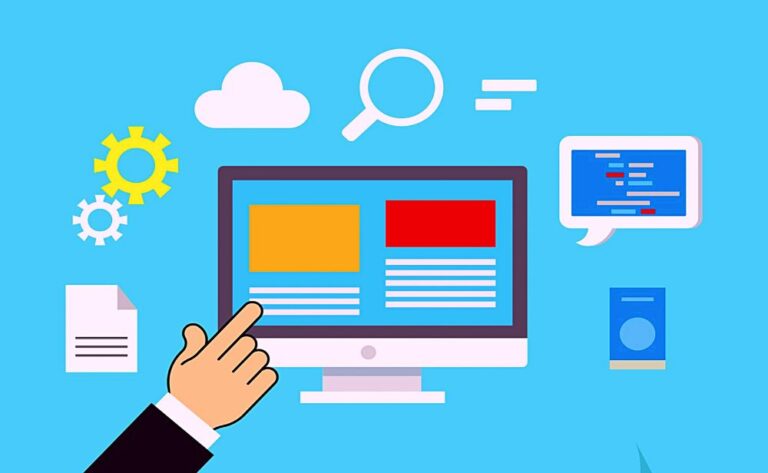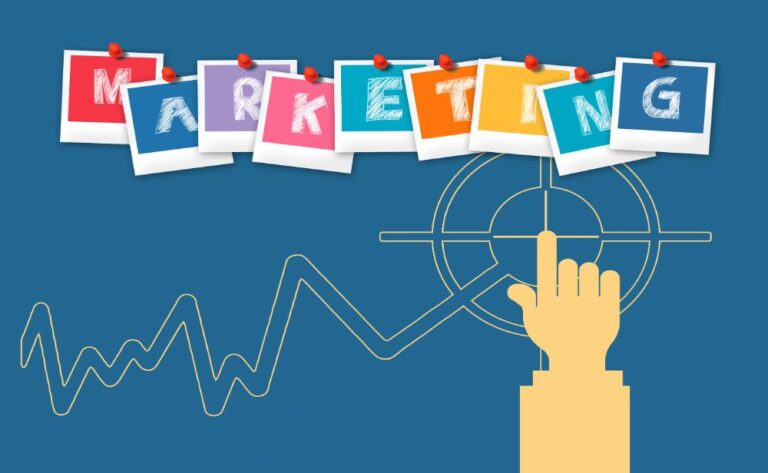The Essential Guide to Brand Reputation Analysis
A significant portion of the development of your firm is dependent on conversations that take place in rooms that you are not in or that you are not even aware exist.
According to Gartner’s research, about 52 percent of small and medium-sized businesses who are in the market to purchase software consult user reviews in order to evaluate their various choices. According to the findings of other studies, consumers read a minimum of ten evaluations before making a purchase, and 76 percent of software purchasers place equal trust in online reviews and referrals.
The fact of the matter is that potential customers will consider what others have said about your brand in order to determine how credible you are before making a purchase from you. This indicates that there has never been a more suitable time to begin monitoring the reputation of your brand.
You will learn how to do a brand reputation analysis as well as the pitfalls that you should try to avoid by reading this post.
First things first: why is it necessary for you to do a study of the brand’s reputation?
Are you familiar with the proverb that circulates in the field of information technology that asserts, “Nobody ever got fired for buying IBM?” It gives the impression that selecting IBM is a sound decision due to the company’s widespread recognition.
The most crucial aspect of this assertion is that it is based on the premise that IBM has a stronger reputation in the field of information technology than the majority of corporations.
In today’s business world, companies should always be looking for new ways to evaluate and enhance their reputations. When your marketing and sales materials aren’t cutting it, reputation analysis might be your savior and save the day.
The importance of doing a brand reputation analysis for your firm can be broken down into two main factors.
Your brand will have an advantage over its competitors if you conduct a reputation analysis.
It is of the utmost importance to be aware of how the target audience in general feels about your brand. You will be able to do a speedy analysis of the major organizations in the market and draft outgrowth perspectives for your brand.
Take Nike, for example. The majority of their advertisements draw their inspiration from various societal problems or controversial topics. Despite this, each of these ads is able to achieve considerable results since the audience for Nike is able to identify with it. On the other hand, when Pepsi took the similar technique in their collaboration with Kylie Jenner, it resulted in a reaction on a scale never seen before.
When you consistently evaluate your brand’s reputation, you provide yourself a competitive advantage over other businesses in your industry. This is the underlying message. This is due to the fact that this type of study reveals the preferences of your target audience.
Performing a reputation audit will result in an increase in your income.
According to the findings of Prophet’s 2020 Brand Relevance Index, companies who have good reputations have revenue growth that is 230% more than the average revenue growth of the S&P 500. To set the record straight, the S&P 500 is comprised of the 500 largest corporations that are listed on stock exchanges in the United States and has a market cap of more than 40 trillion dollars.
According to the same study, the most renowned companies have seen an increase in their EBIT (earnings before interest and taxes) of 1.040% over the course of the past 10 years.
You may reverse your trajectory if you see a negative reputation score and realize the many benefits of having a high reputation if you undertake an objective study of your brand’s reputation. This can be accomplished by doing an analysis of your brand’s reputation.
Two Errors That Can Sway Your Evaluation of the Reputation of Your Brand
Analyzing the reputation of your brand is a fine thing to do, but doing so without removing any potential sources of bias is of little use to you. If you want to maintain the integrity of your analytical data, here are some common pitfalls that you should try to avoid.
Putting an emphasis on stats rather than strategy.
Nearly every day, the strategy of every organization is being overtaken by the individuals in charge of the organization. You are able to make a connection between the amount of sales that were generated by Nike’s “Just do it” approach and the amount of recycled plastics that were produced by Coca-“Love Cola’s story.”
The very idea of strategy is intangible; it is only when it is linked to specific numerical values that it comes to life.
However, in the rush to make the intangible tangible, many businesses wind up putting the wagon before the horse, which invariably results in pushback from customers.
Consider the case of Wells Fargo, for instance. Their staff opened 3.5 million credit card accounts and deposit accounts for customers without their permission as part of a “cross-selling” initiative they were running. Why did they act in this manner? The reason for this is because they intended to carry out the aforementioned approach and “make it a success.”
Because they put more emphasis on the analytics than they did on the strategy, the campaign that was supposed to have a happy conclusion actually ended up being a living nightmare.
Separating the two concepts of “brand romance” and “customer satisfaction”
The majority of companies evaluate the reputation of their brand using measures such as the “number of individuals who like/dislike our brand.” The accuracy of this statistic cannot be assumed, despite the fact that it provides a reliable starting point.
Even though I’m a fan of your brand, it doesn’t automatically indicate that I’m happy with the items and services you provide. Consider the implications of this seemingly insignificant distinction. There is one. You have a positive opinion of Microsoft but are dissatisfied with Windows Vista. Or maybe you hate Tesla even though you’re disappointed with the Tesla Cybertruck.
Companies are concentrating their efforts on assessing the surface-level emotion, despite the fact that the underlying feeling is precisely the contrary.
It does not signify that a client adores Amazon when they say something like, “I love Amazon, but their customer service is terrible.” In point of fact, not in the sense that you imagine.
As a consequence of this, whenever you conduct a survey and just question the SAME client, “Do you like Amazon?” they will invariably respond with a positive yes. It usually takes a few more in-depth questions before someone will admit their true sentiment, which is “I’m not really like Amazon.”
An in-depth guide that will help you analyze the reputation of your brand step-by-step
Reputation of a brand is not solely determined by negative reviews and comments made by customers on the internet. You need to gather a set of quantifiable as well as non-quantifiable data in order for your analysis of someone’s reputation to be as accurate as it can possibly be.
Here is how to make the most of data in order to excel at analyzing the reputation of your brand.
Step 1: Locate the major sources where the conversation is taking place.
It is quite beneficial to be aware of what others say regarding your company when you are not present in the room. It is considerably more beneficial to have knowledge about the rooms in where these people are conversing with one another. It is important since doing so prevents you from wasting time browsing through a large number of websites and instead helps you concentrate on the websites that are pertinent to your brand.
Have you ever wondered why Lamborghini does not run advertisements on television and instead chooses to advertise via video marketing and Instagram instead? Quite simply, because the people who are most likely to become customers do not sit in front of the television, and therefore an advertisement broadcast on this channel would not be effective.
Because of this, you can’t depend on the metrics you’ve acquired from a sample of TV viewers when attempting to evaluate the reputation of the Lamborghini brand.
Another illustration would be the messaging apps Whatsapp and WeChat. The first one is common in China, whereas the second one is widespread in India. You need to handle the geographies in the appropriate manner in order for your reputation analysis to have any degree of accuracy.
Step 2: keep track of the mentions of your brand over time.
Mention over Time is an essential brand reputation measure that you should start tracking once you’ve identified the people who have the most influence on your reputation. Mention over Time can be found in Google Analytics.
It assists you in gaining a better understanding of the popularity of your brand over a period of time. It is typically shown in the form of a chart that illustrates if mentions of your brand are remaining stable, increasing, or declining.
If there is a rise in the number of mentions of your brand, you can review the underlying drivers and analyze the data to determine whether the mentions are favorable or negative, and then take appropriate action.
Step 3: Carry out the analysis of opinions.
You are missing out on a significant opportunity if the metrics you track for your brand analysis can only be expressed in numerical form. It’s possible that there is a lot of buzz surrounding your brand, but it doesn’t mean that the chatter is necessarily contributing to a positive reputation. It’s possible that someone will give you awful reviews, complete with irony and sarcasm.
A simple mention of your brand will not provide you with an accurate depiction of a person’s feelings about your company or product. Because of this, sentiment analysis is such an important indicator to use when analyzing the reputation of a brand. It provides a point of reference for the facts that you get and aids in your comprehension of that material.
Step 4: Always keep an eye on how much of a share of voice your brand has.
The share of voice, also known as SOV, is the most dependable statistic that is utilized in public relations and serves as the primary indicator of the popularity of a business. It is distinct from Mention Over Time in that it offers you an indication of where you stand in your industry and vis-à-vis the competition. Mention Over Time is a tool that measures how often your name is mentioned over a period of time.
It assists you in identifying any talk waves that may be occurring in relation to your brand as well as the underlying sentiment that is driving such talks.
For example, between 2008 and 2013, the gigantic grocery store chain Lidl struggled with problems related to brand perception, which cost them a great deal of damage. To begin, the business received an excessive amount of backlash in 2008 for the manner in which it monitored its staff. The next year, in 2013, they were accused of being involved in the sale of horse flesh.
This controversy has not only had an effect on Lidl but also on the companies that it competes with. A research demonstrated that as a direct result of the incident, sixty percent of consumers altered their typical shopping behaviors. In addition, a number of customers have mentioned that the level of faith they have in the food business has decreased by one-fourth.
In order to solve these problems, Lidl initiated a marketing effort called “Lidl Surprises,” which is a method to improve the company’s share of voice as well as the public’s image of the brand.
According to Marketing Week, the campaign resulted in an increase of incremental sales of £2.7 billion and a share of voice for the brand that went from 5% to 19% in 2016 and 2017.
When doing an examination of a company’s reputation, the instance of Lidl serves as compelling evidence of the significance of the share of voice metric.
The top four tools for analyzing the reputation of a brand
If you have been following our line of reasoning from the very beginning, you are aware that it is impossible for you to carry out a realistic brand reputation analysis on your own. You will be required to make use of a few different tools in order to monitor, organize, and track the data.
Here are four brand reputation tools that can be readily integrated into your digital marketing strategy. The list is rather wide overall.
1. Google Alert
Google Alert is an easy-to-use and completely free mention tracker that was developed by Google. The only thing required of you is to enter your email address and choose a specific keyword that you want to be notified about when it is mentioned.
After you have done that, whenever Google finds a mention of the keyword, you will receive an alert notification through email that will take you to the location where you were referenced. This will happen whenever the keyword is used. Therefore, it is dependable and easy to understand. However, it does not monitor platforms associated with social media. You are free to give it a try in this location.
2. SocialMention
When it comes to the specifics of its operation, SocialMention is an advancement on Google Alert. There are more complex brand mention monitoring solutions that are more powerful than this one. In addition to that, it is uncomplicated and free to use.
Simply enter the name of the person whose internet activity you wish to keep track of, and you will be finished. All of the mentions, in addition to certain fundamental analytical data, will be displayed on the dashboard.
3. Mediatoolkit
Although Google Alert can brag about its dependability and ease of use, Mediatoolkit already possesses both of these qualities, thus their inclusion does not even begin to make up for the program’s dearth of other functions.
In order to conduct an analysis of your brand’s reputation that is exhaustive and exhaustive, you will need a tool on which you can rely at every step of the process, from the gathering of data to the making of meaning of the data.
You can accomplish all of this much more quickly and easily with the help of Mediatoolkit’s extensive library of capabilities. It monitors mentions about you on Google as well as on various social media networks. Because of its cutting-edge capabilities, companies all around the world put their faith in Mediatoolkit.
4. Brand24
A recent survey conducted by Buffer found that one of their preferred tools for monitoring company reputation is Brand24. Brand24 is a powerful marketing and analytical tool in addition to being a media monitoring platform.
This program monitors public mentions of brands in real time and collects data from a wide variety of sources, including social media networks, review websites, newsletters, blogs, podcasts, and forums.
Additionally, it is packed with useful functions such as analysis of user sentiment, social media reach, etc. In addition, it alerts you whenever your name is mentioned, allowing you to respond quickly and in real time.


